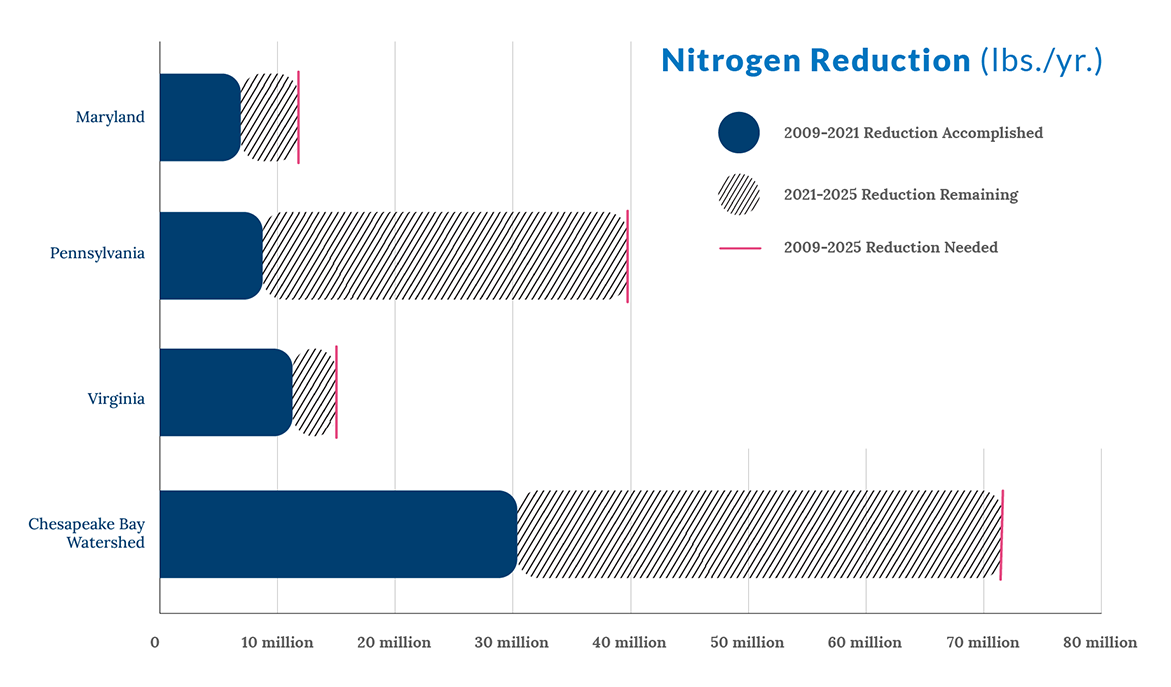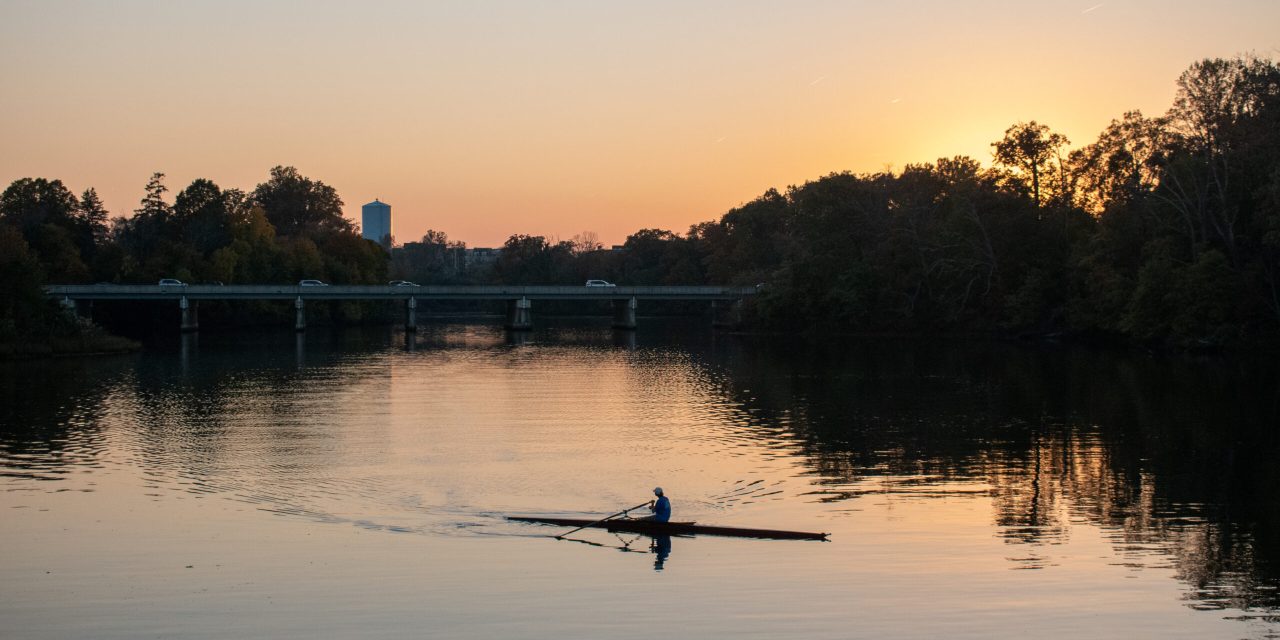Emmett Gartner
ANNAPOLIS—Maryland, Virginia and Pennsylvania, the states with the largest runoff into the Chesapeake Bay, are not on track to meet their goals to restore the nation’s largest estuary by 2025.
Those are the findings in a report released Tuesday during a video press conference by the Chesapeake Bay Foundation, the premier environmental watchdog of the bay watershed.
The assessment comes just days before a meeting in Washington of the Chesapeake Bay Executive Council, a high-powered consortium that includes the governors of Maryland, Pennsylvania, Virginia, West Virginia, Delaware and New York; the U.S. Environmental Protection Agency, Washington Mayor Muriel Bowser and the chair of the Chesapeake Bay Commission.
During the Oct. 11 meeting, members are expected to discuss accelerating efforts to clean up the bay by 2025. Their decisions will directly affect over 18 million people and 3,600 species of plants and animals that live in the watershed’s 64,000 square mile expanse.
The pollution reduction goals were established by the council in the 2010 Chesapeake Clean Water Blueprint, a regional effort between the watershed states.
Hilary Harp Falk, president of the Chesapeake Bay Foundation, said while the states that make up the bay’s watershed are making progress, they must face the fact they are not moving fast enough to fulfill the blueprint’s goals.
“The bay states need to recommit to the partnership and its collective goals to restore rivers, streams and ultimately the Chesapeake Bay,” Falk said.
The foundation aimed its heaviest criticism at Pennsylvania.
“Pennsylvania is not on track to meet its 2025 pollution-reduction commitments, including the creation of an adequate plan that achieves those commitments,” the report said.
Although Maryland and Virginia are projected to meet their goals in reducing wastewater pollution, they are behind in other metrics, the foundation said..
“All jurisdictions are behind in meeting commitments to reduce pollution from stormwater and agriculture,” Falk said. “We know that key policy changes are necessary to fix these issues that have long hampered our collective success.”

A chart from the Chesapeake Bay Foundation detailing the reduction of nitrogen in Chesapeake Bay jurisdictions. According to the U.S. Geological Survey, an overabundance of nitrogen can cause adverse health and ecological effects.
These changes include increased funding for state conservation programs and pollution monitoring, the foundation said.
Under the blueprint, the Environmental Protection Agency is assigned to enforce restoration efforts, but foundation officials said the EPA has been lax in its actions.
“What has been largely missing in recent years is the accountability piece, due in part to EPA’s failure to act,” said Beth McGee, director of science and agricultural policy for the foundation.
The foundation sued the EPA in 2020 under the Clean Water Act for failing to compel New York and Pennsylvania to develop adequate restoration plans to meet the goals of the blueprint. The litigation is ongoing, Falk said.
In an interview with Capital News Service, Conny Kazungu, the director of the environmental politics and policy concentration at the University of Maryland, questioned whether regulation efforts can be maintained if the EPA does not do its job.
“What does that mean for future generations?” Kazungu asked. “What does that mean for the bay?”
In Maryland, wastewater pollution reduction is the state’s most successful effort thus far, said Eric Fisher, the foundation’s Maryland assistant director. Still, Fisher said, the state must remain vigilant.
He pointed last year, when Maryland filed lawsuits against two Baltimore-area wastewater treatment facilities for discharging untreated sewage.
“What we’ve seen this past year with operational failures at some of the state’s largest plants is the negative impact that a lack of vigilance can have on the progress we’ve already made,” Fisher said. “It’s critical that Maryland keep up and better inspect its facilities and maintain enforcement when plants are out of compliance.”
In a statement from the Governor’s Council on the Chesapeake Bay, Maryland environmental officials commended the work that the state has done so far.
“Maryland has taken strong and effective actions to correct the violations and deficiencies at the Back River and Patapsco wastewater treatment plants, Maryland’s two largest such facilities,” the council said. “The state has set an example for the nation in the use of state-of-the art technology to upgrade wastewater water treatment facilities and significantly reduce nutrient pollution that threatens the Bay.”




Recent Comments